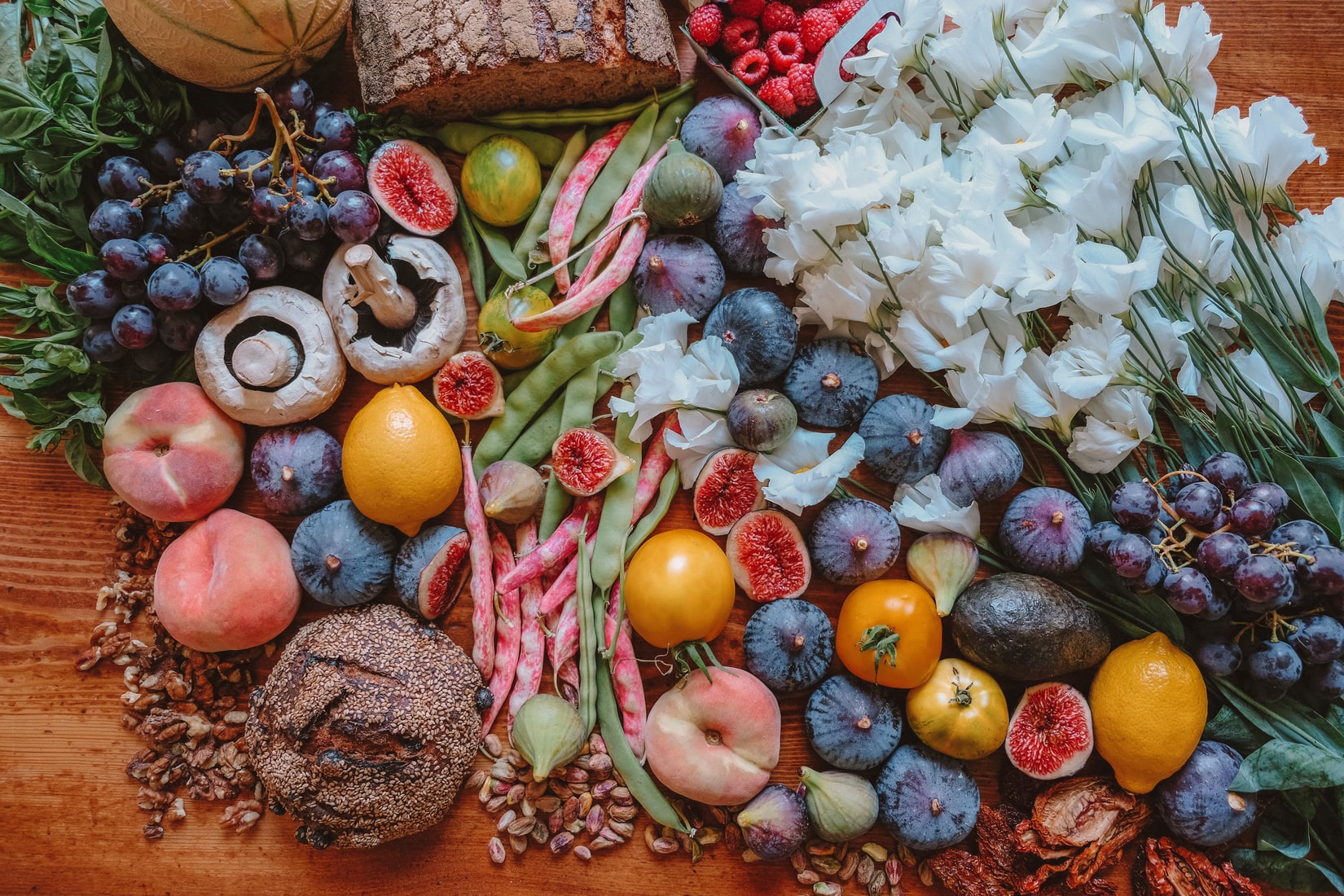
A lot of the shared language in the coffee industry is based on the Specialty Coffee Association’s flavour wheel. Most coffee roasters would have used this flavour wheel to pick the descriptors that will appear on their packaging.
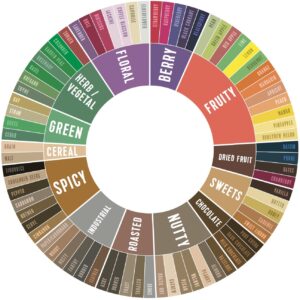
This may be familiar to you already: we reference it in our How to roast pdf. We like the groupings that have been created on this flavour wheel, as it simplifies the process of tasting then finding language that is relatable. We also noticed that the wheels are also grouped similar to the five tastes: Sweet, Sour, Bitter, Umami, Salty.
A coffee may have elements of all five of these tastes, but might swing more towards one more than another. Here in lies the importance of using descriptors: it can help us define more of what a person can expect from a cup of coffee.
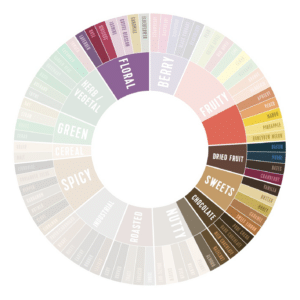
This part of the flavour wheel has the descriptors that are most commonly used for medium roasts, as acidity is usually less pronounced in medium roasts. You may find that these flavours are also more likely to be present in Natural and Pulp Natural Coffees. No one person is 100% scientifically certain why there tends to be inherent sweetness in these types of coffees. However, there are theories that involve the length of time that the fruit is in contact with the seed, the coffee bean.
As with varying degrees of roast, there are varying degrees of sweetness within coffee. Light sweetness is closer to the floral notes of Elderflower, and heavy sweetness is closer to that of Caramel. These degrees of sweetness can also be mirrored in the body and mouthfeel of the coffee. Is it juicy in texture like Melon? Is it full and creamy, reminding you of Milk chocolate or Caramel?
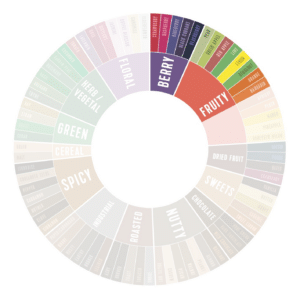
Sour flavours are often described as ‘bright’ and add a ‘zing’ to the coffee. You may also feel a sensation on the front sides of your tongue, or an impulse to pucker your mouth. The body or mouthfeel of a coffee with sour flavour descriptors might feel similar in texture to herbal tea or fruit juice.
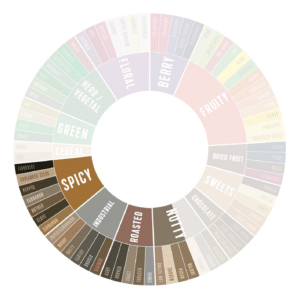
Coffees with Bitter characteristics tend to be on the darker end of the spectrum of roast. In a dark roast, you may find that acidity ( or ‘sparkle’ as I like to call it), and sweetness have been diminished. We may also experience Bitter tastes in coffee that may be suffering from defects. The most prevalent bitter tastes that we may experience in tasting coffee are Walnut, (similar sensation to an oversteeped black tea), Burnt toast, and baking spices, such as cinnamon and clove. You may also experience a drying sensation once you have swallowed the coffee that you are evaluating.
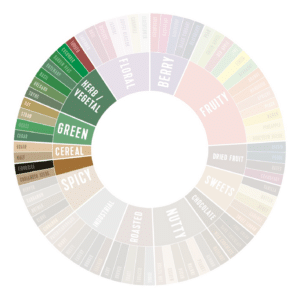
You might be thinking: I don’t want my coffee to taste like soup. But fear not, Umami is a complimentary flavour and plays a supporting rather than starring role in most coffee origins and processes; It is more like a treasure that is discovered within the layers of flavour of a coffee.
Tips on picking up on Umami characteristics are that the mouthfeel will be long-lasting, coating the mouth. Umami will often have a mouthwatering effect, too.
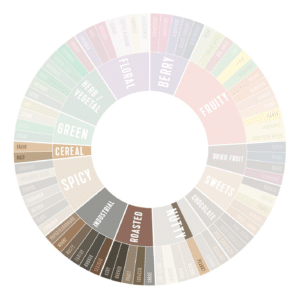
Salty flavours tend to linger and stick around for a while on the palate. You may pick up on these flavours, after you have swallowed your coffee. You may experience a drying sensation, similar to Bitter, or a mouthwatering effect, similar to Umami. If either sensation is overwhelming the other flavours that you have already tasted, you may be tasting a defective coffee.
Happy Tasting!
Further resources:
SCA interactive flavour wheel
Video on de-colonising flavour by Ārāmse, on James Hoffmann’s YouTube Channel
The Flavour Thesaurus by Niki Segnit